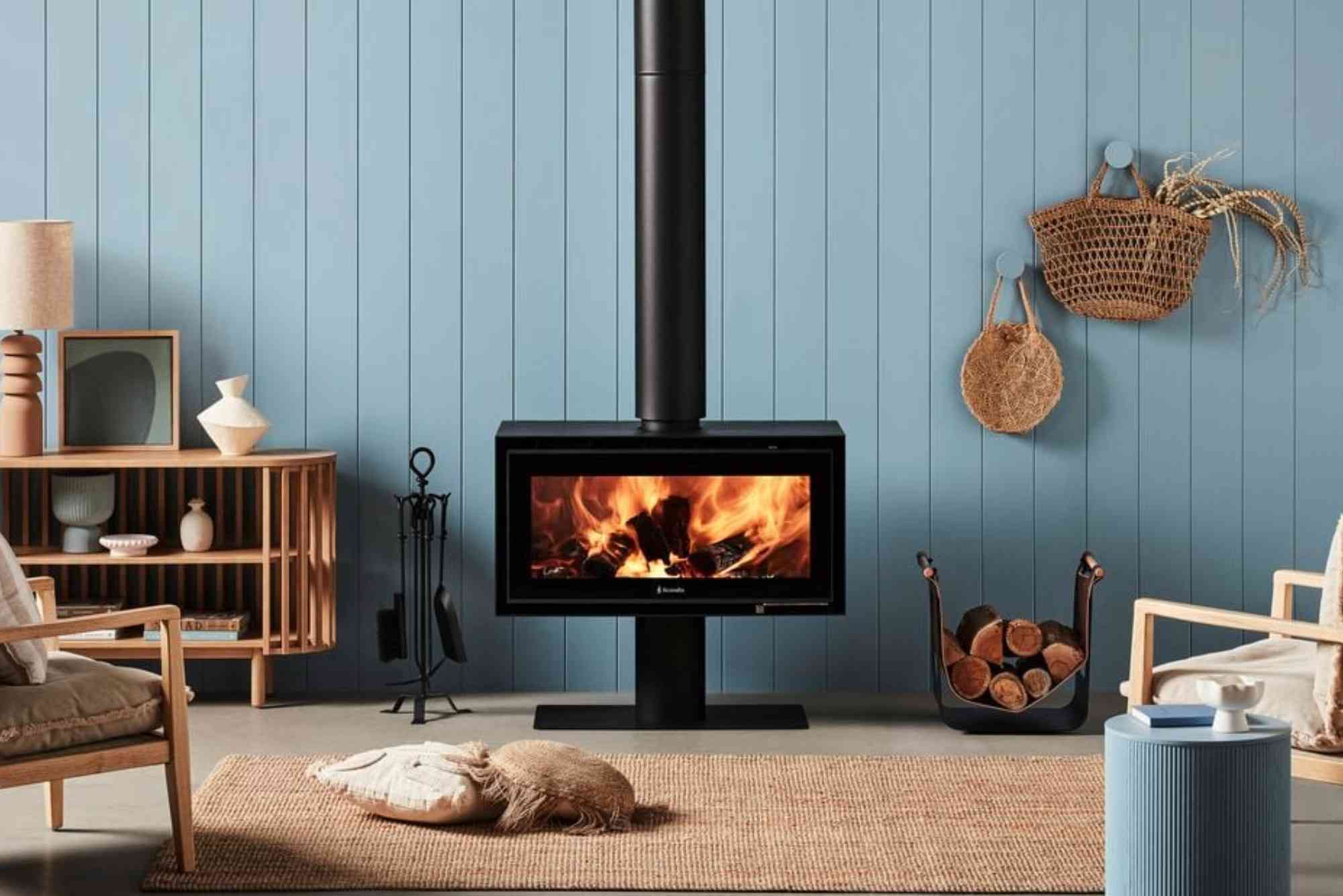Ways to Heat a Home: Top Options for Comfort and Efficiency
Heating a home during the colder months is more than just a necessity—it’s about finding the right balance between comfort, cost, and efficiency. With so many heating solutions available, homeowners often wonder which method will work best for their living space. Understanding the different ways to heat a home can help you make smarter choices that not only keep you warm but also lower energy bills.
Understanding the Importance of Choosing the Right Heating System
Every home is different, and so are the heating needs of the people living in it. A small apartment may not require the same system as a large suburban house. Climate, insulation quality, and budget also play a big role. The right heating solution ensures even warmth, reduces monthly expenses, and prevents unnecessary energy waste.
Traditional Heating Options
Central Heating Systems
Central heating is one of the most common ways to heat a home. It uses a furnace or boiler to produce warm air or hot water that circulates through ducts or pipes. These systems are efficient for larger homes and provide consistent warmth across multiple rooms. They can run on gas, oil, or electricity, giving homeowners flexibility based on local availability.
Radiators and Boilers
Boiler-based heating systems use hot water or steam circulated through radiators. They are reliable and long-lasting, making them popular in older homes and colder climates. Modern versions are highly efficient and can be paired with smart thermostats for better control.
Modern and Energy-Efficient Solutions
Heat Pumps
Heat pumps are becoming a favorite in energy-conscious households. Instead of generating heat, they transfer it from outside to indoors. They work well in moderate climates and can also double as cooling systems in summer. Although the initial cost is higher, the long-term energy savings often outweigh the investment.
Underfloor Heating
Underfloor heating offers discreet comfort by radiating warmth from beneath the floor. It works with either electric heating mats or water-based systems connected to a boiler or heat pump. This option is especially effective in homes with good insulation, providing an even and cozy heat distribution.
Alternative and Supplemental Heating
Fireplaces and Wood Stoves
For many families, a fireplace is more than just a source of heat—it’s also a focal point of the living space. Wood stoves and pellet stoves offer high efficiency while maintaining that traditional charm. However, they require proper ventilation and regular maintenance.
Space Heaters
Space heaters are portable, affordable, and easy to use, making them one of the simplest ways to heat a home temporarily. They’re best for heating small areas but should not be relied upon as a primary heating solution. Safety precautions are essential to avoid overheating or fire risks.
Eco-Friendly Heating Methods
Solar Heating
Solar heating systems capture the sun’s energy and convert it into usable heat for homes. While they require upfront installation costs, they can significantly reduce long-term energy expenses. Solar panels combined with battery storage can keep homes warm even on cloudy days.
Geothermal Heating
Geothermal heating taps into the constant temperature underground to heat and cool a home. It’s one of the most sustainable ways to heat a home and can last for decades. Although installation requires significant investment, the system’s efficiency and durability make it a strong choice for environmentally conscious homeowners.
Tips for Maximizing Heating Efficiency
Improve Home Insulation
Even the best heating system won’t perform well without proper insulation. Adding insulation to walls, ceilings, and floors helps retain heat and reduces the workload on your heating system.
Use Programmable Thermostats
Smart thermostats allow homeowners to schedule heating cycles, ensuring warmth when needed while saving energy when away. This small change can lead to noticeable cost savings.
Regular Maintenance
Keeping heating systems clean and serviced ensures they run efficiently and last longer. Changing filters, checking vents, and scheduling annual inspections can prevent costly breakdowns.
Cost Considerations When Choosing Heating Options
The cost of heating varies based on energy source, efficiency, and home size. Electric heating is generally more expensive than natural gas, while renewable options like solar and geothermal require higher upfront investments but lower long-term costs. Balancing initial spending with long-term savings is key when evaluating different ways to heat a home.
FAQs
What is the cheapest way to heat a home?
Electric space heaters are often the cheapest short-term option, but natural gas furnaces or heat pumps are more cost-effective long-term.
Which heating method is the most energy-efficient?
Heat pumps and geothermal systems rank among the most energy-efficient ways to heat a home due to their low energy consumption.
Is underfloor heating worth the cost?
Yes, underfloor heating is worth it in well-insulated homes, offering comfort, efficiency, and even heat distribution throughout living spaces.
Can solar panels heat a home in winter?
Yes, solar panels can contribute to heating in winter, especially when paired with energy storage systems. However, effectiveness depends on location and sunlight availability.
What heating option works best for older homes?
Radiator-based systems or updated boilers are often best for older homes, though retrofitting with heat pumps can also be effective.
Finding the right heating solution is about balancing comfort, cost, and efficiency. From traditional systems like central heating to innovative solutions like geothermal and solar energy, there are many ways to heat a home effectively. Consider your climate, budget, and long-term goals before making a decision.



